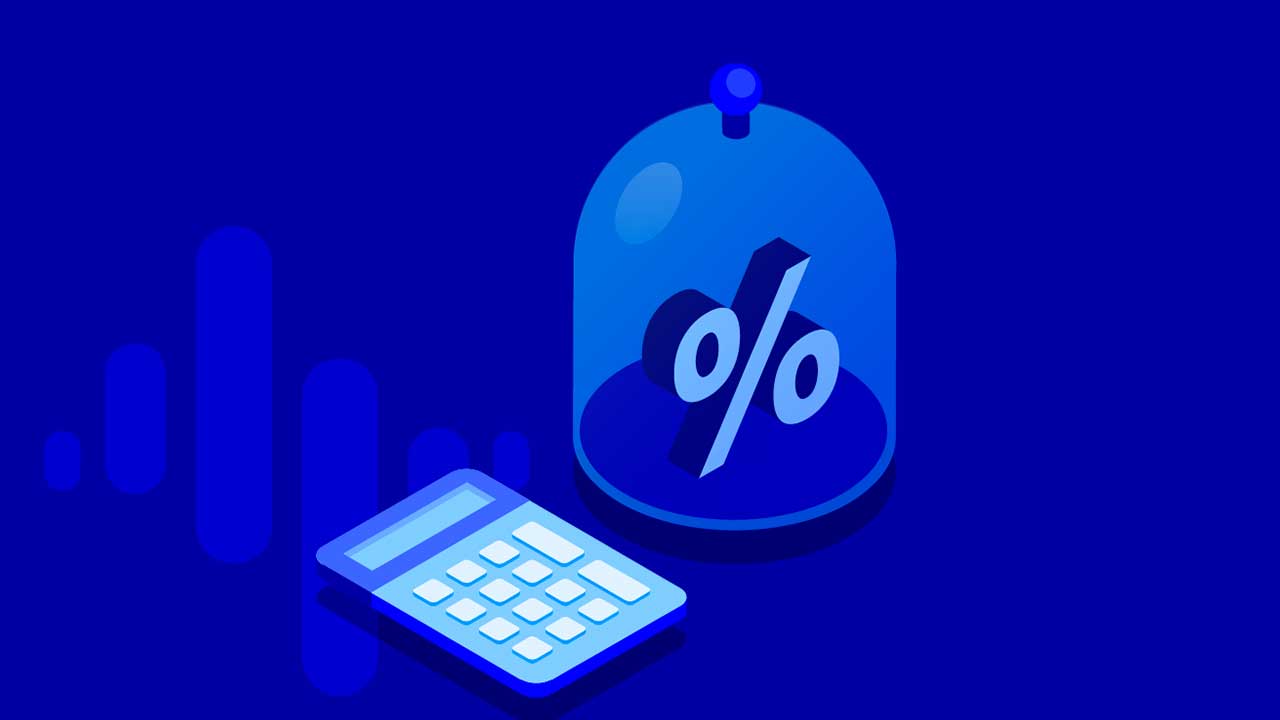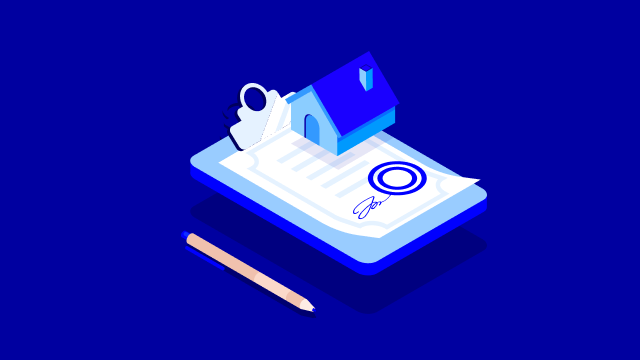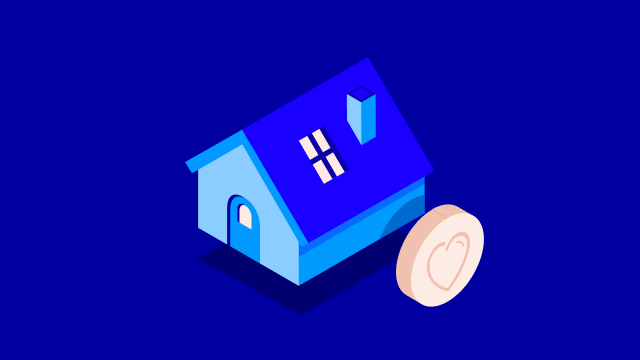Your home loan interest rate is composed of a reference rate and a margin
A variable interest rate on a home loan consists of a customer-specific margin and a reference rate. The margin will remain the same throughout the loan period, whereas the reference rate will fluctuate according to market interest rates.
The reference rate on a home loan may be the 3-month, 6-month or 12-month Euribor rate or the Nordea Prime rate. Alternatively, you can choose a fixed interest rate, which means that your interest rate will remain unchanged for the chosen period.
What factors affect the home loan margin?
The margin we charge for your home loan depends on your circumstances, including the collateral you can provide and your repayment ability. From our point of view, the loan margin covers our expenses and the risk we take by granting the loan.
You will find out the precise margin when you apply for a preliminary loan offer from us. We agree on the margin separately with each customer and for each loan, and record it in the loan agreement.
.svg)





